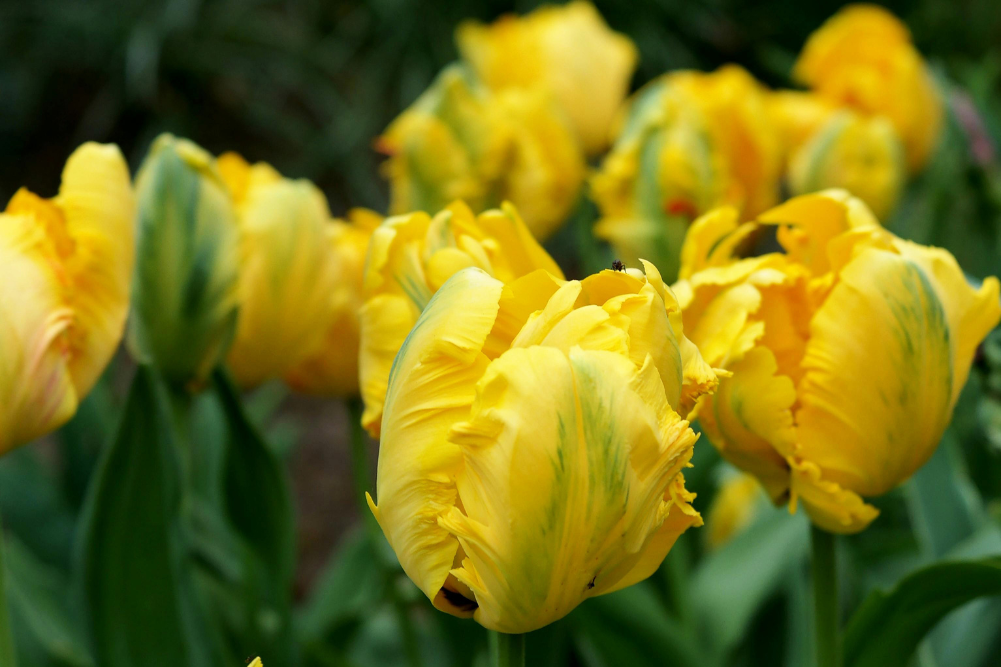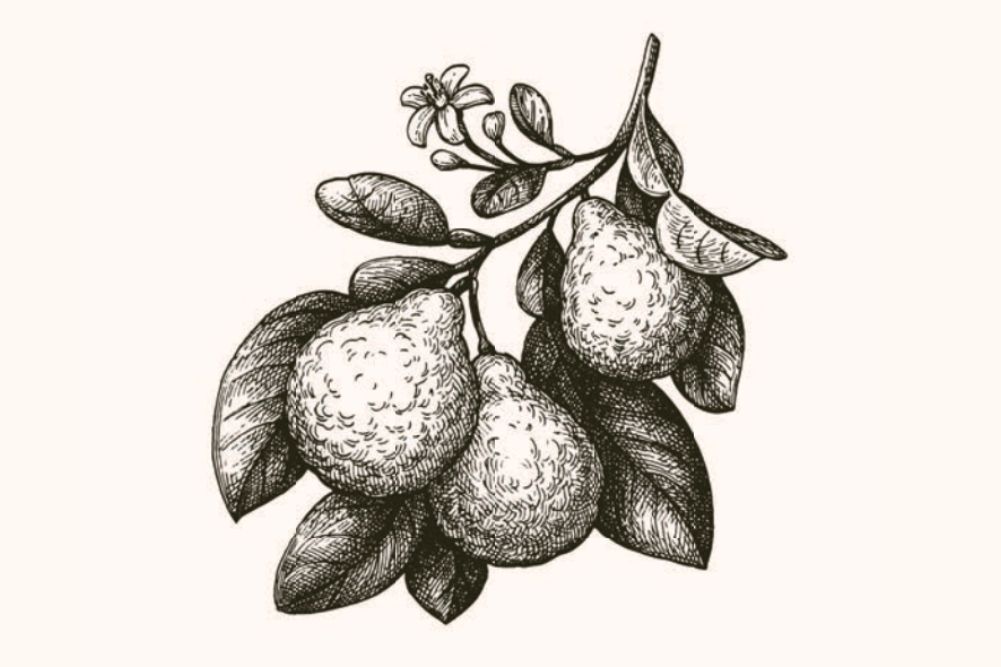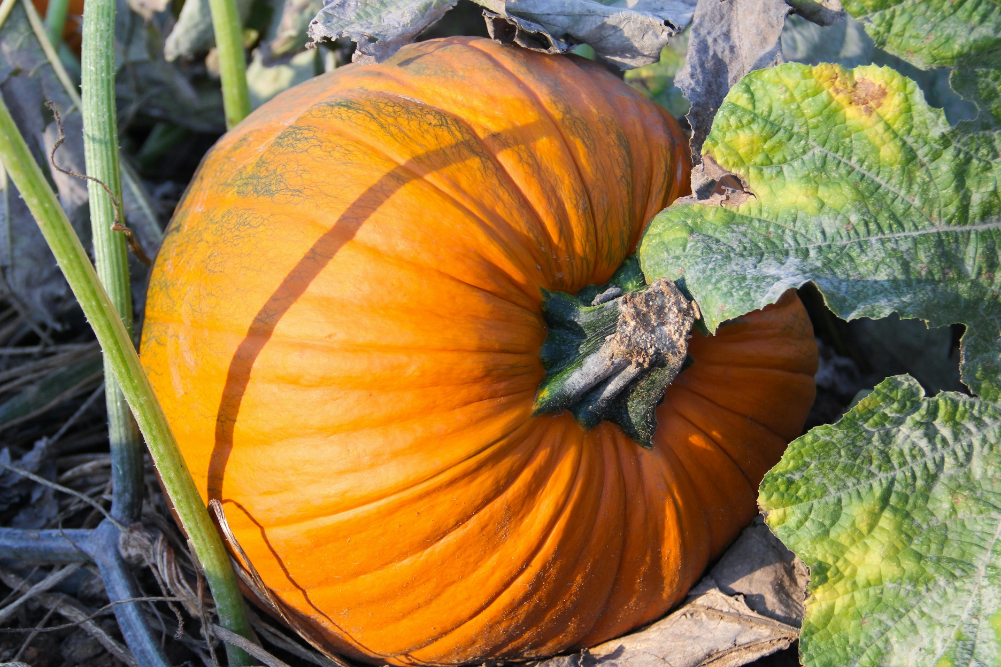A guide to growing delicious grapes
The first grapevine I fell in love with was next door. I was 10 years old and the sight of those perfectly shaped bunches, slightly dusted with bees, dripping off a laden pergola, was tantalising. As was the fact that next-door’s horse might chase me if I tried to cross the paddock to get to them. For some reason, it never occurred to me that our family could grow grapes, too.
My love of grapevines continued, especially after a journey around the Mediterranean, with front gardens that had been turned into miniature vineyards or the tiny café on the shore of Crete where a goat stood on a chair on a table to reach the grapes over the fence. It even survived my discovery that those long, luscious bunches of grapes attracted bees to sup on the sweetness and birds who’d eat half — or all — the crop.
Grapes are ready about two weeks after the birds start eating them or when one in a bunch tastes sweet.
Now, at last, we have grapevines. And, yes, the bees do hover and in many years the birds get most of the crop. But grapes are so prolific that there are enough to share. We also get grape leaves for six months a year.
I’d grow the vines for their leaves even if I never ate a grape. As a rule, the leaves of the ornamental grape are a better shape for rolling up dolmades as their indentations are shallower, but even the fruiting grapes’ leaves are still usable with care.
There is a grape variety for anywhere in Australia, but you must have good advice. Humid coastal areas need a grape variety that won’t get downy mildew. Hot areas have their own grape varieties, too, as do places where you need two pairs of thermals and an overcoat in winter.
Ask your local nursery or Garden club what they advise, or wander around local open gardens till you find a good, strong grapevine and ask what variety it is. The owners may even offer you a cutting. That’s all you really need to grow your own vine — a bit of grape wood in winter and some soil to plant it in. Feed it with compost or slow-release fertiliser once a year. Prune it back to the central stem in winter if you get around to it. If you don’t, it will forgive you and still give you grapes.
Grapevines have only one major problem: downy mildew. The leaves turn brown at the edges, then shrivel, crisp up and fall off. Downy mildew is worst in seasons that alternate hot and dry with hot and wet, or when the soil is dry but the air is humid, especially if there is long grass or a lawn under the vines.
I don’t worry about downy mildew late in the season — the vines just lose their leaves early but will come back next spring. But if your grape leaves turn mildewed early in summer, spray on top and underneath them with milk spray: one cup of milk to nine cups of water, with half a teaspoon of bicarbonate of soda added. I also prune off affected leaves as soon as they appear — or even affected branches — and compost them far away from the vines. And there are now downy mildew-resistant grape varieties.
Ornamental grapes are vigorous and mostly disease-free, with stunning autumn foliage.
Different grapes ripen at different times of the year. We pick ours from late January to late March. Grapes are ready about two weeks after the birds start eating them or when one in a bunch tastes sweet.
Plant your grapes at any time of year, as long as you can keep them well watered in hot weather. Otherwise, plant in winter and choose only bare-rooted plants from the nursery then, too. Winter is also the time to take cuttings; almost every one will strike.
There are hundreds of grape varieties available in Australia. Some of the most popular eating varieties include sultana, a firm, green seedless grape that ripens about February; Waltham Cross, a later, green seedless grape, very sweet and good; and Red Globe, with big reddish-purple fruit in February. But it is far better to find out what varieties grow well in your area. Don’t ignore the grapes with seeds in them — some of the best-flavoured grapes, such as Black Muscats, have seeds, which reportedly have a range of beneficial nutrients.
You can even grow enough grapes to make your own wine in a backyard — that’s one of the joys of growing a vine that just keeps going up. Most wine grapes don’t make good “eating” grapes though, so make sure you choose the varieties you really want.
Ornamental grapes are vigorous and mostly disease-free, with stunning autumn foliage. They won’t give you grapes to eat, but they are glorious along a fence or on a pergola. They also have the advantage of not attracting bees.
Stuffed vine leaves
Dip leaf in boiling water for 10 seconds.
Now take some of last night’s left-over fried rice — or any stuffing you like — and put a small spoonful in an elongated heap towards the edge of the leaf. Roll up in a sausage shape, tucking the ends in as you go to keep the whole parcel neat and tight.
Place your stuffed vine leaves in a casserole dish; add the juice of one lemon for every 10 leaves and the same amount of olive oil and six times the volume of stock. Bake for half an hour in a moderate oven. Keep in the fridge for up to two days in a covered container. Eat hot, tepid or cold, but always with delight.








